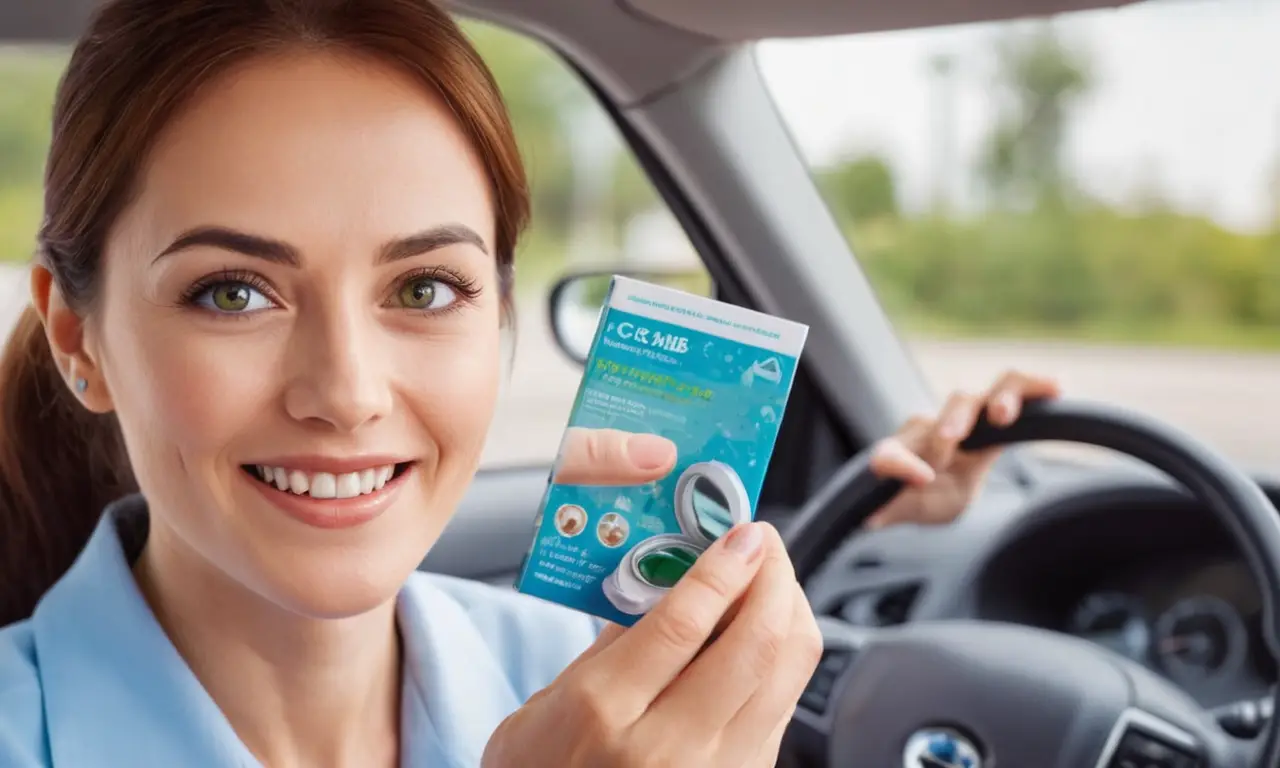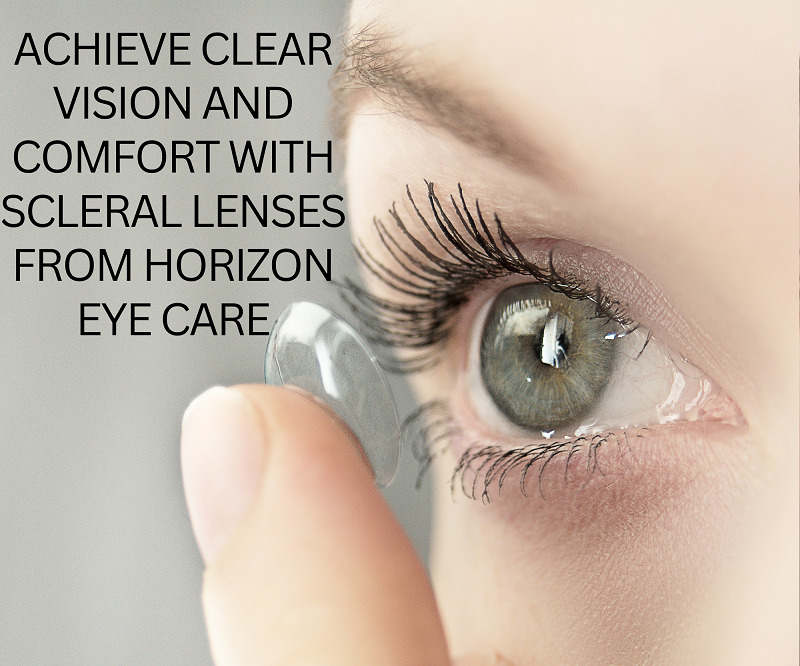Contact lenses have revolutionized vision correction, offering a discreet and comfortable alternative to traditional eyeglasses. They provide a unique sensory experience, often described as feeling barely there, allowing for natural eye movement and unobstructed peripheral vision. This article delves into the world of contact lenses, exploring their benefits, comfort levels, adjustment process, and various types available.
This comprehensive guide will cover the advantages of wearing contact lenses, how they deliver clear vision, and the sensory experience associated with them. We’ll also discuss the initial adjustment period and explore the different types of contact lenses available to suit individual needs and preferences.
Contact Lens Benefits
Contact lenses offer numerous benefits over eyeglasses, making them a popular choice for vision correction.
- Improved Vision: Contact lenses sit directly on the cornea, providing a wider field of view and sharper, clearer vision compared to glasses. This is particularly beneficial for activities requiring peripheral vision, such as sports or driving.
- Enhanced Aesthetics: Many individuals prefer the cosmetic appeal of contact lenses, as they are virtually invisible when worn, eliminating the need for frames and allowing for greater facial expression freedom.
- Increased Comfort: Modern contact lenses are designed with advanced materials that are breathable and comfortable to wear. They conform to the shape of the eye, minimizing pressure points and reducing the risk of irritation or discomfort.
Clear Vision with Contact Lenses

The primary function of contact lenses is to correct refractive errors, such as nearsightedness (myopia), farsightedness (hyperopia), and astigmatism.
- Refractive Correction: Contact lenses are specifically designed to bend light rays entering the eye, compensating for refractive errors and focusing images clearly on the retina. This results in sharp, undistorted vision at all distances.
- Wider Field of View: Unlike eyeglasses, which can obstruct peripheral vision, contact lenses provide a wider field of view. This enhanced peripheral vision is crucial for activities requiring awareness of surroundings, such as driving or playing sports.
Comfort and Sensory Experience
Wearing contact lenses often involves a unique sensory experience that varies from person to person.
- Initial Adjustment: Some individuals may initially experience a slight sensation of dryness or grittiness as their eyes adjust to the presence of the lenses. This typically subsides within a few hours or days as the eyes become accustomed to the foreign object.
- Feeling of “Barely There”: Once adjusted, most people describe the feeling of wearing contact lenses as “barely there.” The lenses are lightweight and flexible, conforming to the shape of the eye without causing significant pressure or discomfort.
What Do Contacts Feel Like?
What do contacts feel like can be described as a subtle sensation, often likened to having nothing in your eyes at all. Some individuals may experience a slight feeling of dryness initially, but this usually disappears quickly as their eyes adapt.
Adjusting to Contact Lenses

The adjustment period for contact lenses varies depending on individual factors such as eye sensitivity and lens type.
- Initial Wear Time: It’s important to start with short wear times and gradually increase the duration as your eyes become more comfortable. Follow your eye care professional’s instructions regarding initial wear time and frequency of lens removal.
- Proper Lens Care: Maintaining good hygiene practices is crucial for preventing eye infections and ensuring a comfortable wearing experience. This includes thoroughly cleaning and disinfecting your lenses daily, using fresh solution, and storing them in a clean case.
Types of Contact Lenses
There are various types of contact lenses available to cater to different vision needs and lifestyles.
- Soft Lenses: These are the most common type of contact lens, made from flexible, water-absorbing materials that provide comfort and breathability. Soft lenses come in both daily disposable and reusable options.
- Rigid Gas Permeable (RGP) Lenses: RGP lenses are more durable than soft lenses and offer excellent clarity and vision correction. They allow for greater oxygen permeability, which can be beneficial for individuals with dry eyes or certain eye conditions.
Specialty Contact Lenses
Beyond standard corrective lenses, there are specialty contact lenses designed for specific purposes:
- Toric Lenses: These lenses correct astigmatism, a condition characterized by an irregularly shaped cornea.
- Multifocal Lenses: Multifocal lenses address presbyopia, the age-related loss of near vision, by incorporating different lens powers to provide clear vision at various distances.
Conclusion
Contact lenses offer a convenient and effective way to achieve clear vision and enhance your lifestyle. Their numerous benefits, including improved vision, enhanced aesthetics, and increased comfort, make them a popular choice for individuals seeking an alternative to eyeglasses. With proper care and attention, contact lenses can provide a comfortable and rewarding visual experience.



